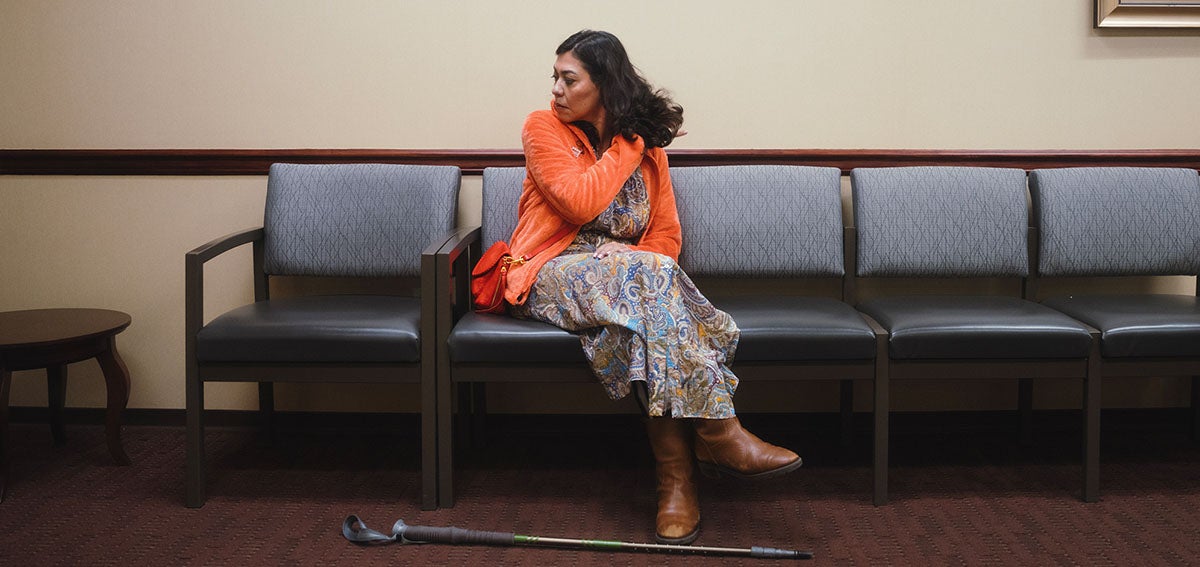Annual spending on health care in the United States has crossed the $10,000 per person threshold, according to the newly published CHCF Almanac Health Care Costs 101: A Continuing Economic Threat. Large, round numbers like this compel us to reflect on health care’s unprecedented claim on our national resources and why we should be concerned about it.
Any way the data is sliced, the fact is that on a per person basis, we spend $10,348 for every man, woman, and child in the US — more than twice the levels of nearly every other developed country, including Canada and the United Kingdom.
Health spending — already at 17.9% of GDP in 2016 — is on track by 2026 to claim one out of every five dollars of US economic activity. Without significant change in our spending patterns, government actuaries project 19.7% of our economic resources will be devoted to health care in 2026, potentially crowding out spending for other vital needs, such as education. As health care takes a bigger chunk of our economic output, it eats away at wages and makes American industries less competitive in the global marketplace.
And in absolute terms, we now spend more than $3.3 trillion — a tremendous amount that exceeds the entire economic output of every other industrialized country except China, Japan, and Germany. If health spending in the United States were reduced by 10%, the $330 billion in savings would be enough to give every American a check for $1,000.
Why These Numbers Should Concern Us All
While these gargantuan health spending numbers are unprecedented, they might be justifiable. However, when combined with several other data points, the new spending data raise at least three causes for concern.
- The Value Problem. We know we’re not getting good value for all this spending. On measures such as life expectancy and infant mortality, other highly developed countries perform better than the US. At every income level, people in the US are now sicker and die sooner than our counterparts in other nations. Many experts now agree that up to one-third of what we spend is waste.
- The Growth Problem. The problem is compounded by the significant and persistent growth in health care spending. Under current law, national health spending is projected to grow at an average annual rate of 5.5% from 2017 through 2026, when it is expected to reach $5.7 trillion. Although this projected growth rate is more modest than the 7.3% average growth rate observed in the 18 years before the 2008 recession, it is more rapid than the 4.2% experienced from 2008 through 2016. These changes are related to income growth, increased prices for medical goods and services, and the growing predominance of the elderly segment of the US population.
- The Affordability Problem. In personal terms, the large spending numbers reflect the affordability problems we know many consumers are facing. Some families report that their health insurance premiums exceed their mortgage payments. With many people exposed to hefty deductibles and cost sharing, the number of insured people who cannot pay their medical bills is on the rise. A surprising one in five working-age Americans with health insurance reported problems paying medical bills.
Renewed Focus and Energy to Confront Health Care Costs
How are stakeholders responding to the problems highlighted by the recent national health spending figures? Federal, state, and industry actors are experimenting with a mix of market and regulatory mechanisms to reward value, restrain price growth, and blunt the impact of spending increases on consumers. New payment mechanisms ensure that health care dollars are directed to the most valuable services.
The federal government, in part through the Health Care Payment Learning and Action Network, is promoting better care and smarter spending by accelerating the transition to alternative, value-based payment models. Private industry has joined in through mechanisms like the nonprofit consortium the Health Care Transformation Task Force, which aims for value-based incentives to drive 75% of payment by 2020. Participating companies aim to keep health spending at or below the rate of economic growth and for broad adoption of value-based payer and provider models.
Several states see promise in their experiments with spending targets and global budgets, which are features of Maryland’s all-payer hospital system. A groundbreaking cost-control effort legislated in Massachusetts is also offering lessons (PDF) on ways to moderate growth and improve value. Policymakers in California and nationwide have considered increasing information and subsidies to consumers who are burdened by health care spending increases.
Regardless of the approach, it is crucial that we address the tremendous amount of money spent on health care in the US. If we don’t, today’s concerns about value, growth, and personal affordability will be far more acute in the future.
Authors & Contributors

Katherine Wilson
Katherine Wilson is an independent consultant specializing in health insurance markets and health care costs. She is the author of numerous publications and reports, including CHCF’s series of reports on California health insurers.




